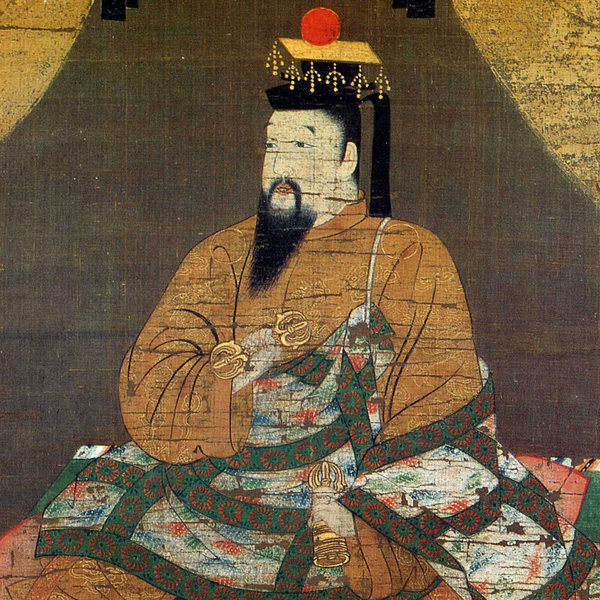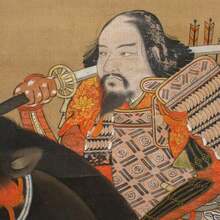
Personal
Other names:
Job / Known for:
Emperor of Japan
Left traces:
The Kenmu Restoration
Born
Date:
1288-11-26
Location:
JP
Heian-kyō, Kamakura shogunate
Died
Date:
1339-09-19 (aged 51)
Resting place:
JP
Death Cause:
Illness
Family
Spouse:
Saionji Kishi, Junshi
Children:
Prince Moriyoshi, Prince Takanaga, Prince Munenaga, Prince Tsunenaga, Prince Narinaga, Emperor Go-Murakami, Prince Kaneyoshi
Parent(s):
Emperor Go-Uda, Fujiwara no Chūshi
QR Code:
Show More
Rank
Users ranking to :
Thanks, you rate star
Ranking
5.0
1
Fullname
Emperor Go-Daigo
Fullname NoEnglish
後醍醐天皇
Slogan
The time has come to break the chains of the shogunate
About me / Bio:
Show More
Article for Emperor Go-Daigo
Died profile like Emperor Go-Daigo
Comments:





